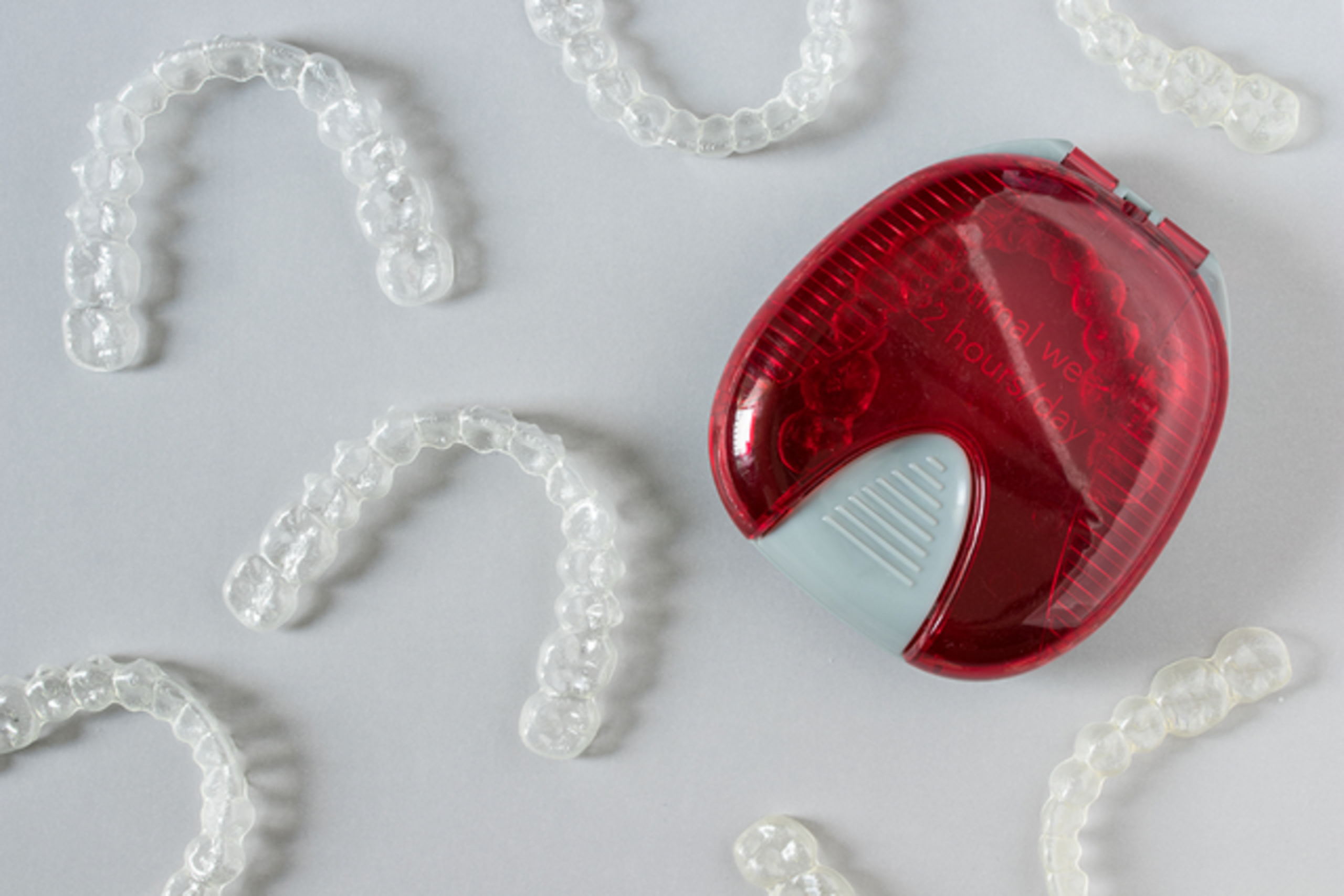There are many orthodontic treatments in the market, which might make it complicated for you to understand. It can be difficult to know how each of them works and whether or not you are right to pick a particular system. If you have picked Invisalign treatment near you and want to understand how the process moves your teeth, you are at the right place.
We have gathered information on the Invisalign treatment and how it successfully moves your teeth; read on to learn what they are.
How Does the Invisalign Process Begin?
Once the invisalign is manufactured, it is shipped to your dental office. But getting a good outcome requires more than just giving you a box of plastic shells. If not, align would simply skip the middleman and ship the aligners straight to you.
Thus, while handing you the aligners, your orthodontist near you will give you all the needed information for the success of the treatment.
Invisalign Uses Natural Process to Relocate Teeth
Because it takes advantage of the physiological processes that are currently taking place in your mouth, Invisalign treatment is effective. With the help of Invisalign aligners, which gently trap the forces of compression and tension, teeth can be gradually realigned. Resorption of the bone and cementum occurs before the Invisalign clear aligners cause movement.
You will typically get a fresh set of aligners every 2 weeks for the duration of your personalized Invisalign treatment. Your teeth can move with each new pair of clear braces you get. They will grow 25mm during the first three days of use. Although it’s impressive, it’s important to understand that, in most cases, the number simply illustrates how mobile your periodontal ligament is. It doesn’t count for the movement of bones.
But in order to get the best results, it becomes crucial to wear braces for 22 hours every day.
Bonding of the Attachments
The first step is to glue “attachments” to the surfaces of some teeth to allow movements that would otherwise be physically impossible. Imagine a typical tooth that is round and smooth on the outside and tapers to a point on the inside. A plastic shell by itself would not be able to grasp such a tooth in order to spin it or discharge it (make it longer). The aligners’ ability to grasp the tooth during these motions requires a mechanism. For Invisalign, this purpose is served by bumps or attachments that are tooth-coloured. Think of the brightly coloured hand grips that are affixed to climbing walls to provide climbers with a handle to hold onto as they ascend.
Prior to beginning Invisalign treatment, similar “hand grips” are bonded to a few teeth using the same tooth-coloured composite material that a dentist uses to repair cracked or damaged teeth.
Depending on the desired direction and required force, different attachments have varying shapes and sizes. The attachment will include a flat surface that the plastic can push to rotate a tooth if necessary. There is a differently shaped attachment that the aligner can push against in order to lengthen a tooth. Despite the fact that some patients may wish they didn’t require anything bonded to their teeth during treatment, some actions are simply not possible without attachments. Your dentist will ultimately determine the speed and direction of a tooth’s movement, even though Align Technology’s computer algorithms initially suggest the size and shape of the bumps.
Looking for an Orthodontist in NE Calgary?
Some medical professionals are more skilled than others at using aligners to straighten teeth. But keep in mind that Invisalign in NE Calgary is merely a tool the dentist uses to realign teeth. The producer of Invisalign does not control how the teeth will be moved or how the outcome will appear. Contact us today!

